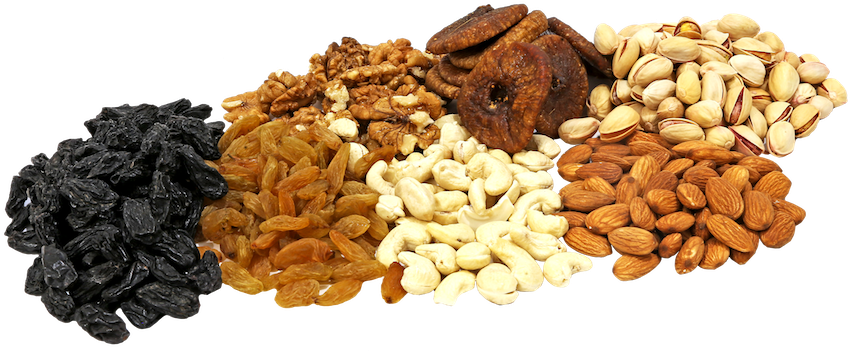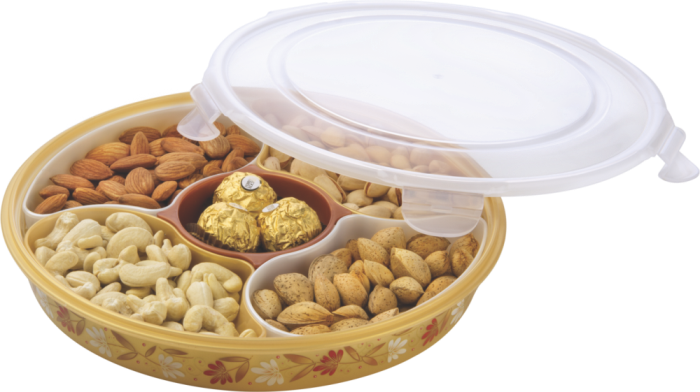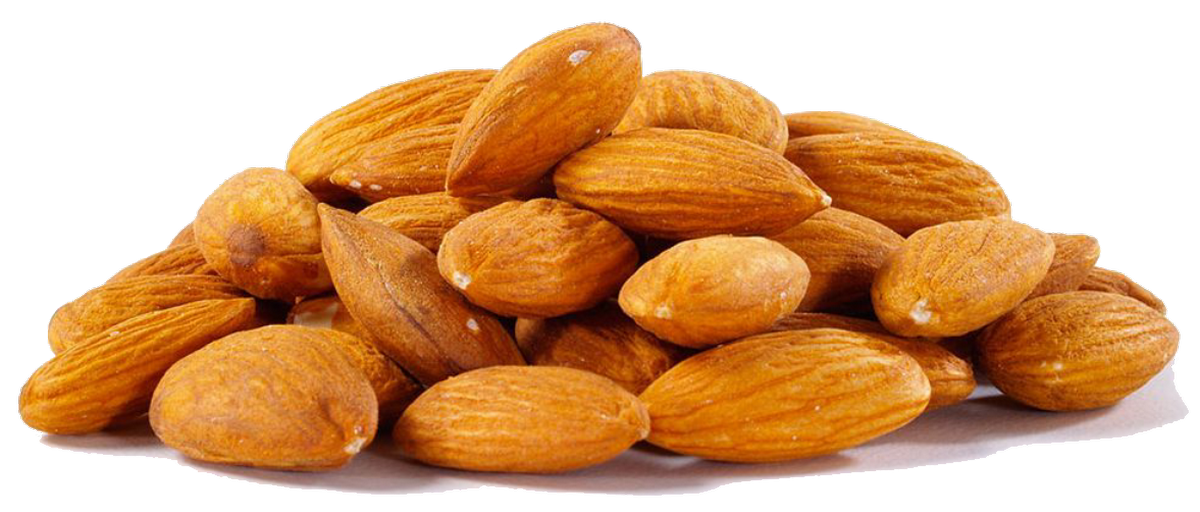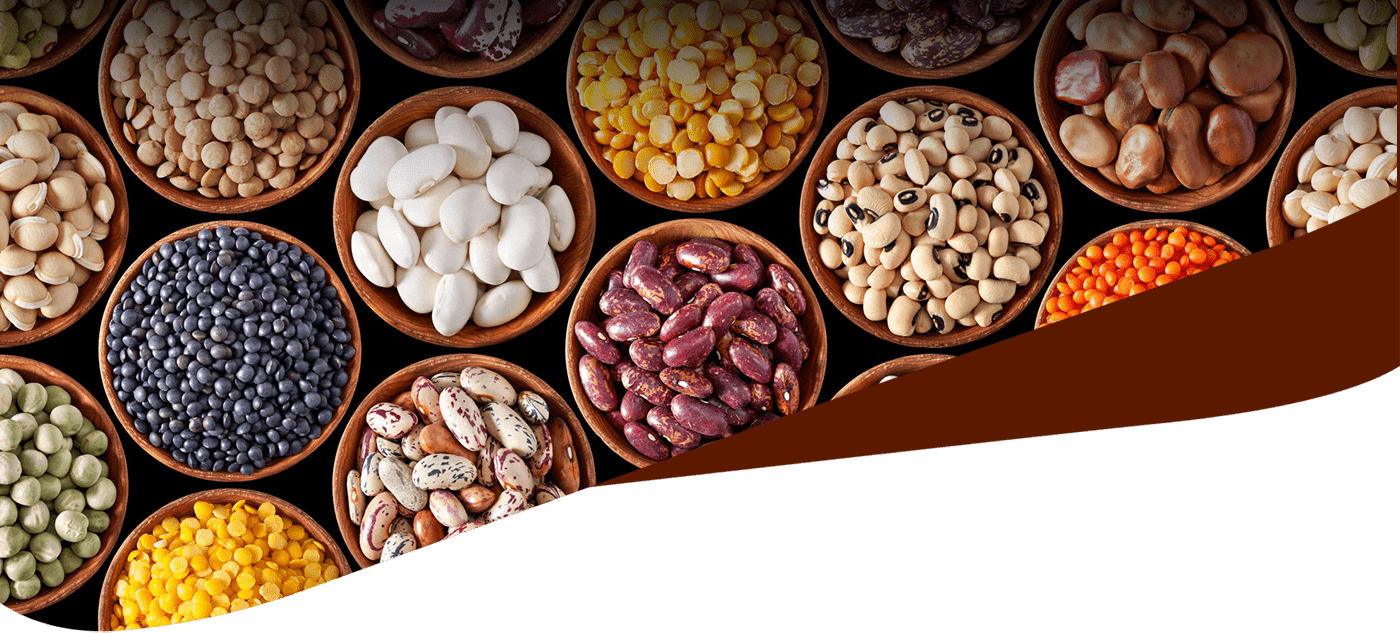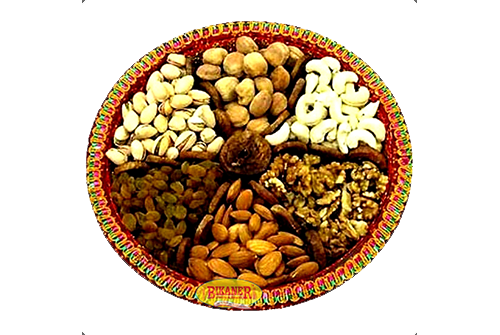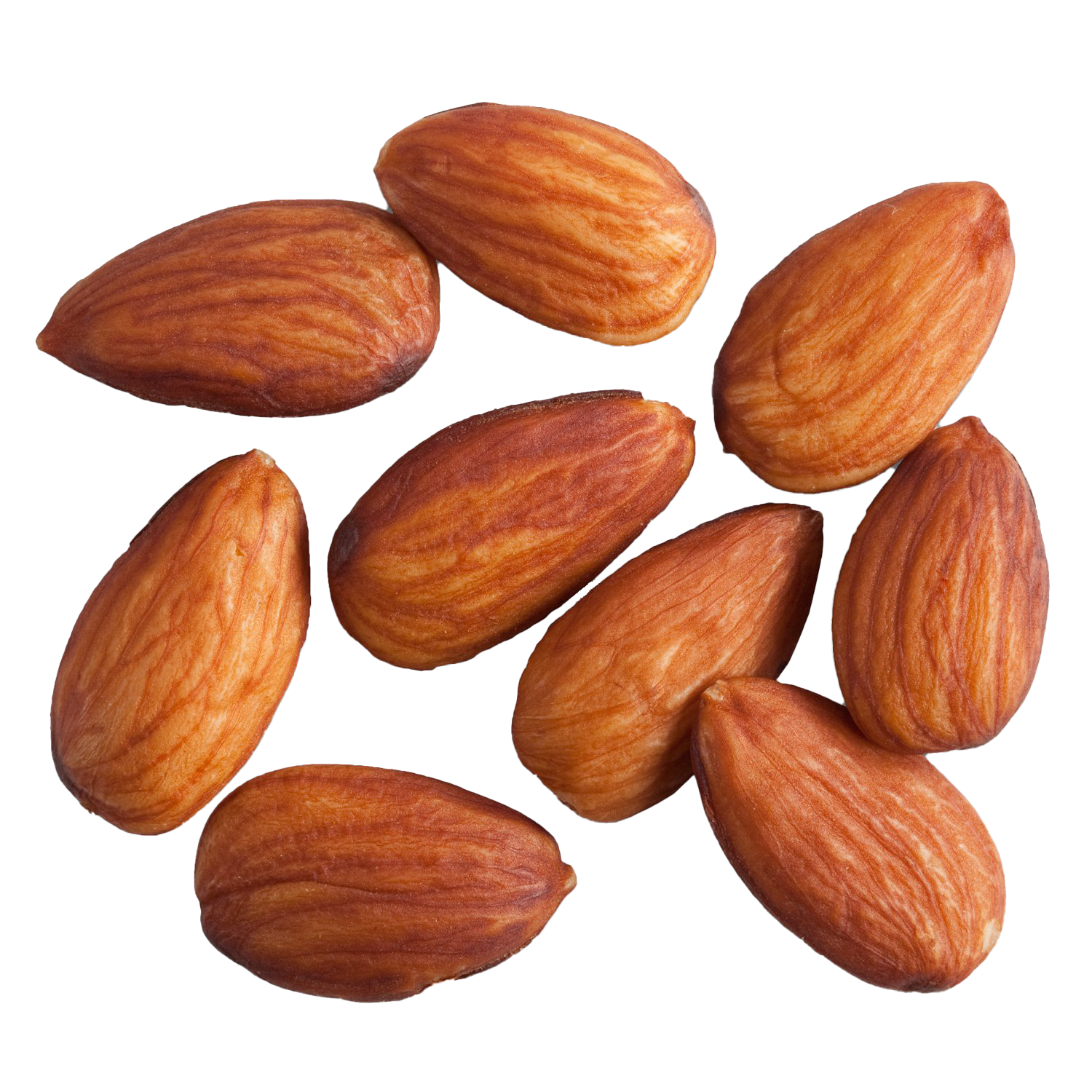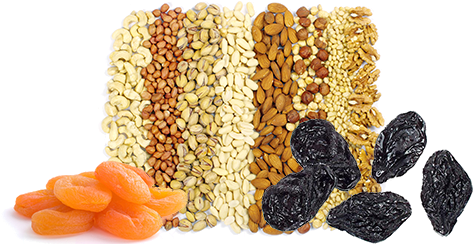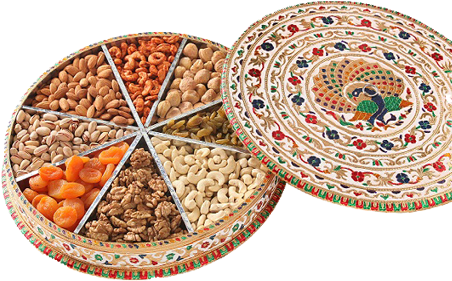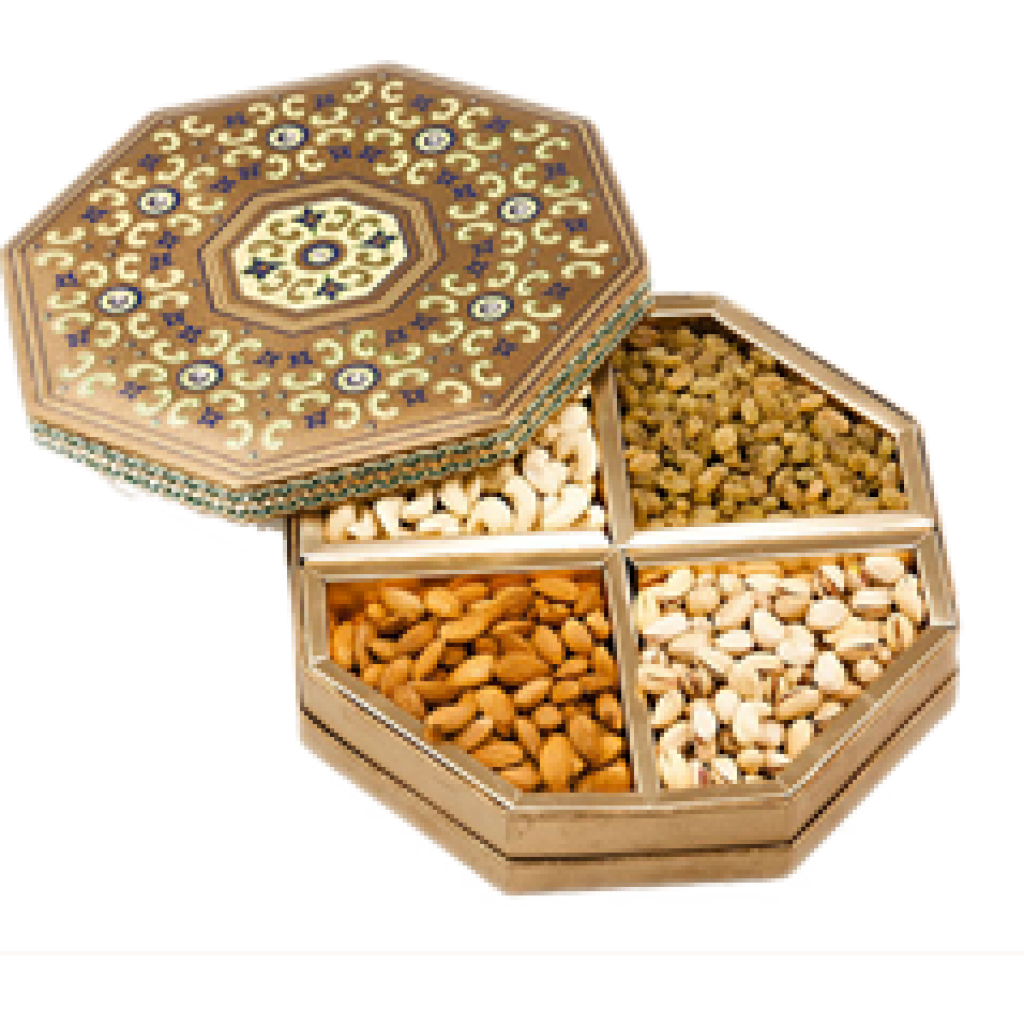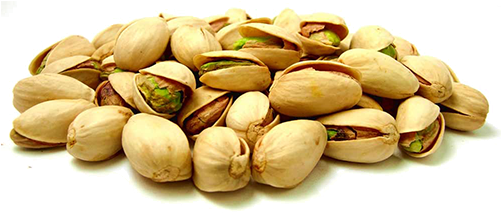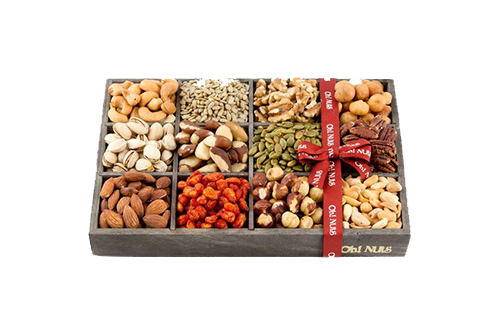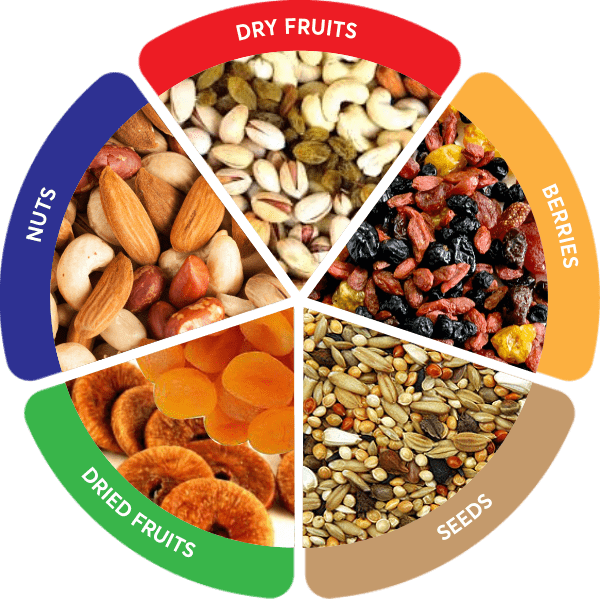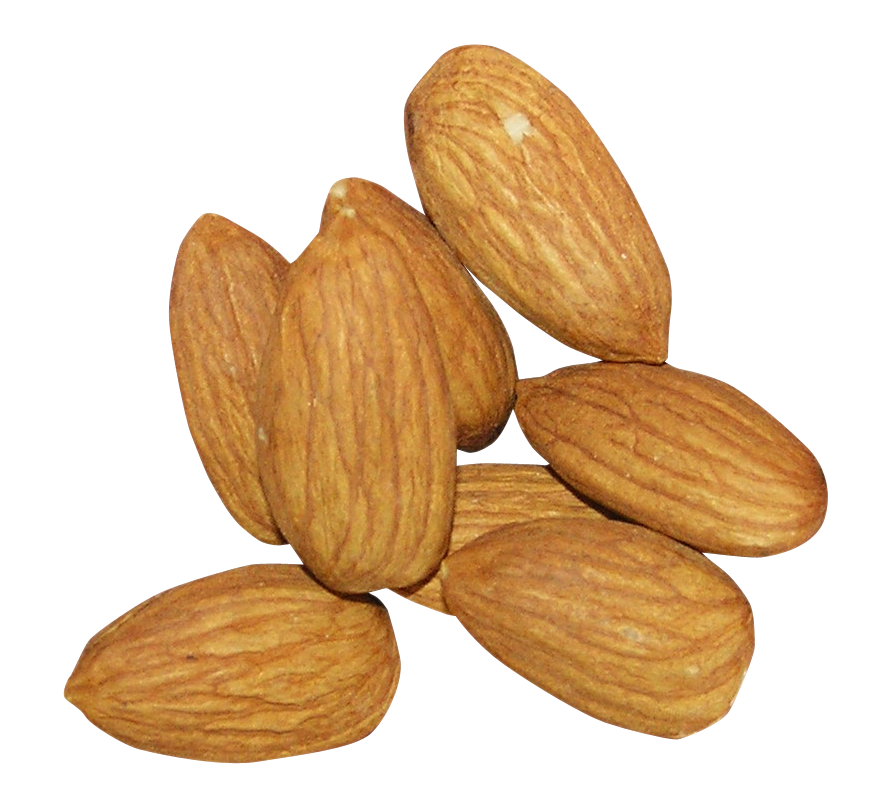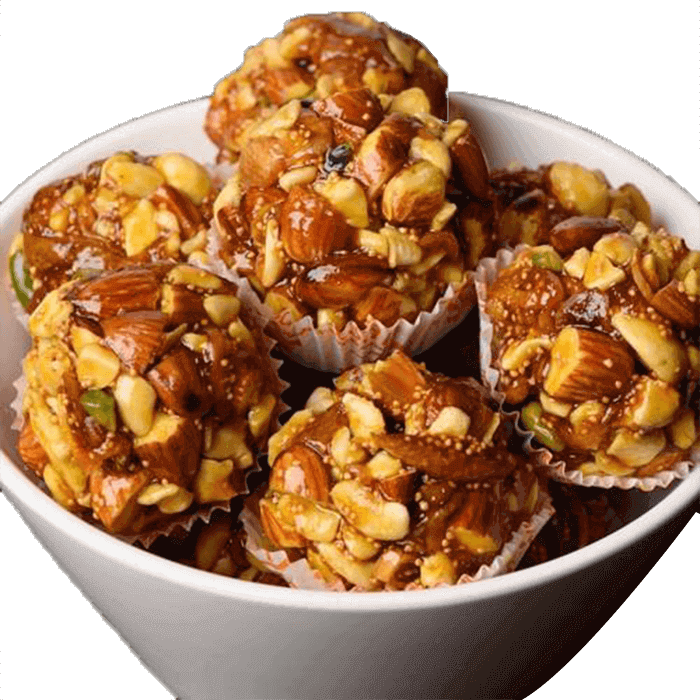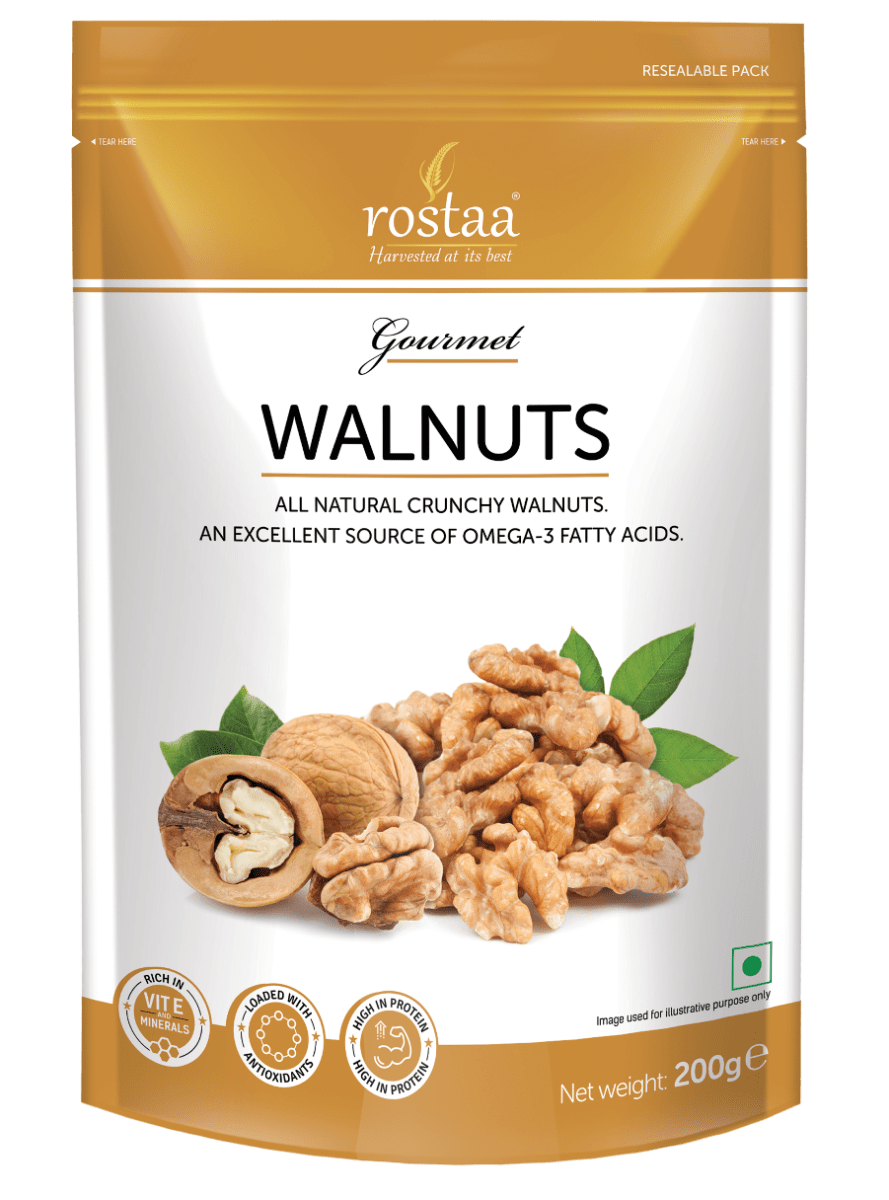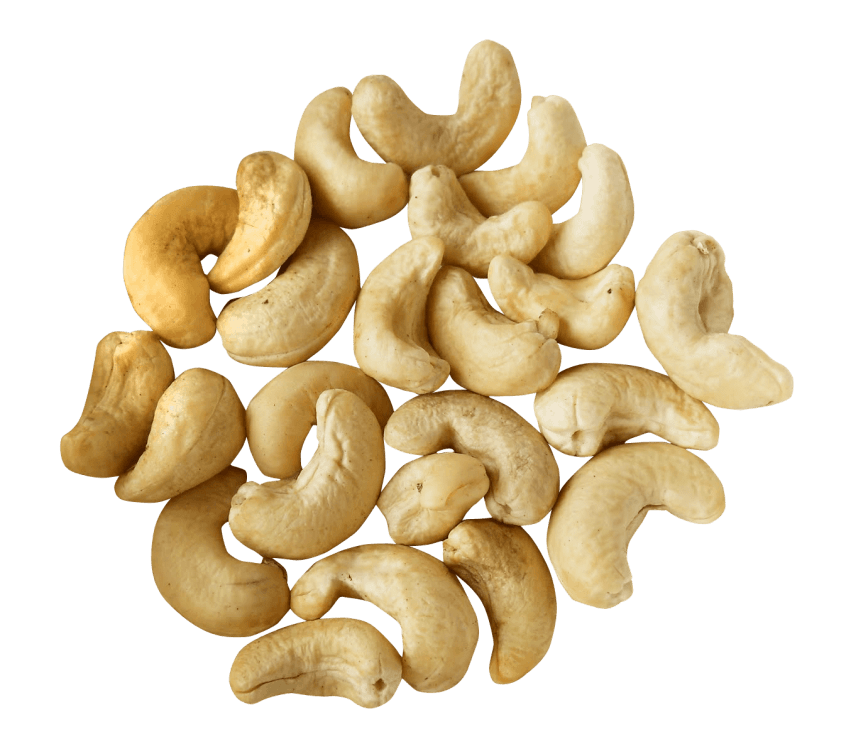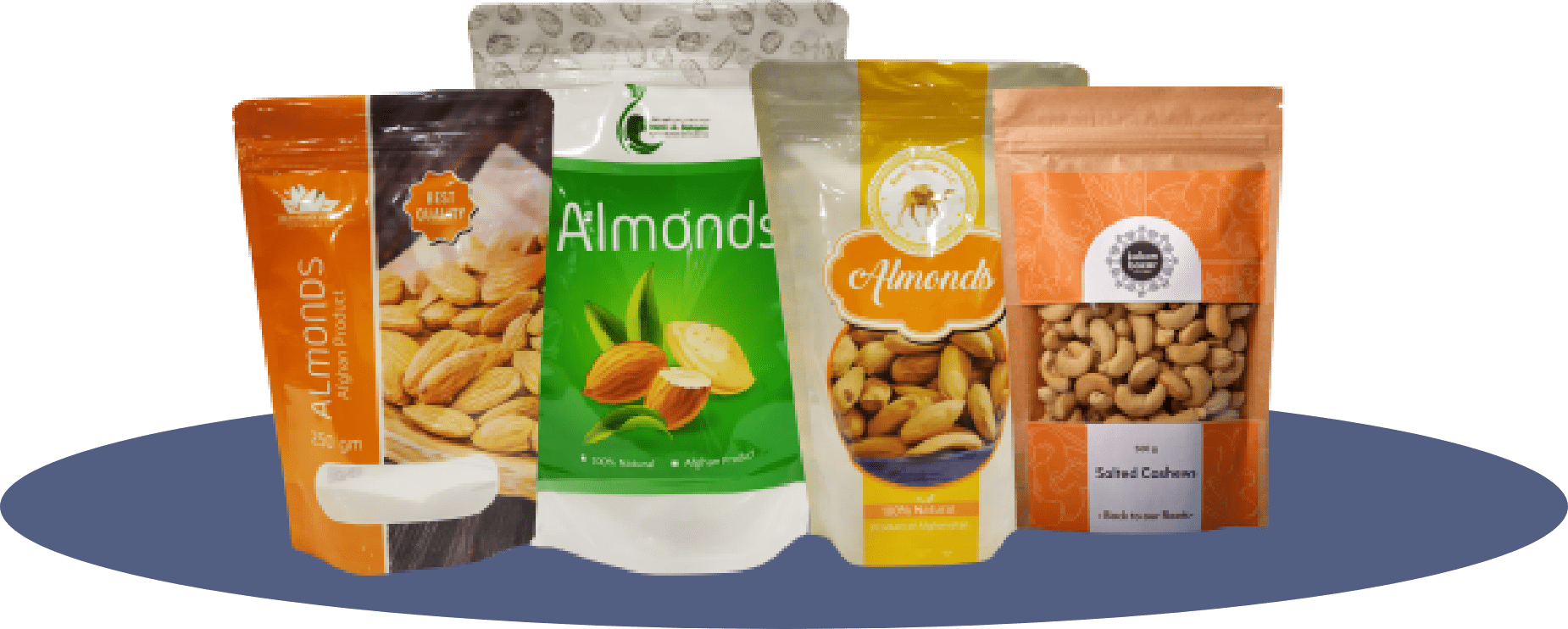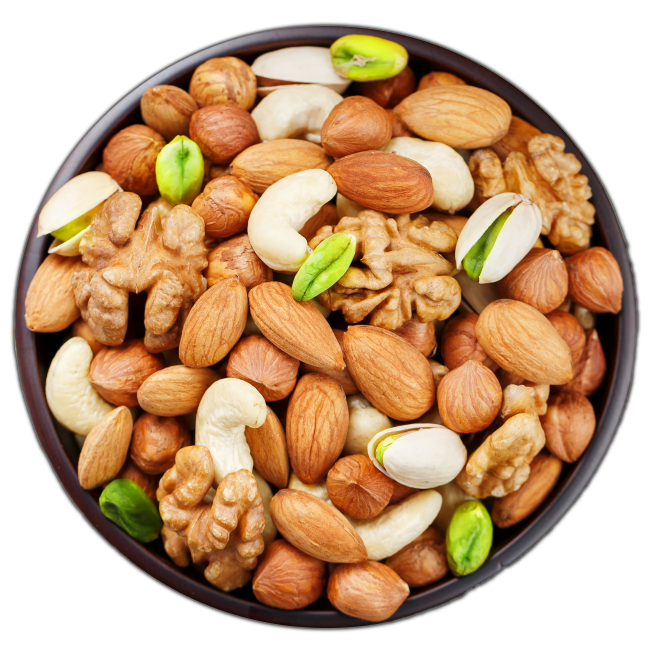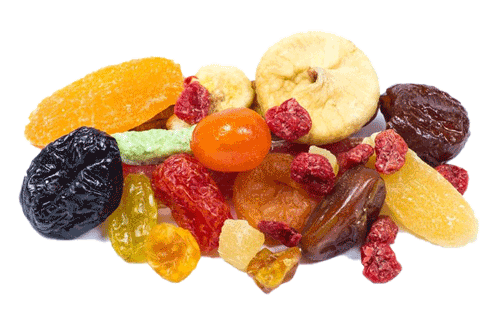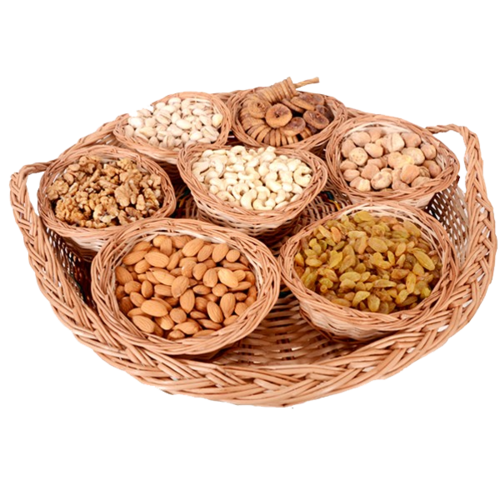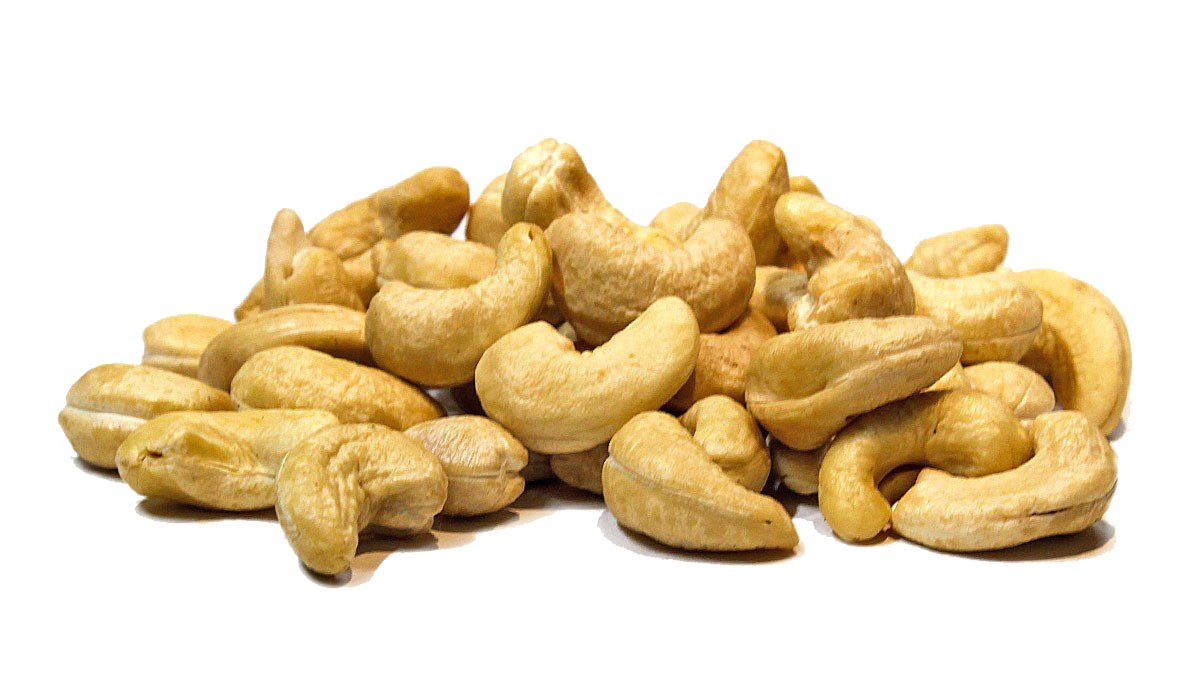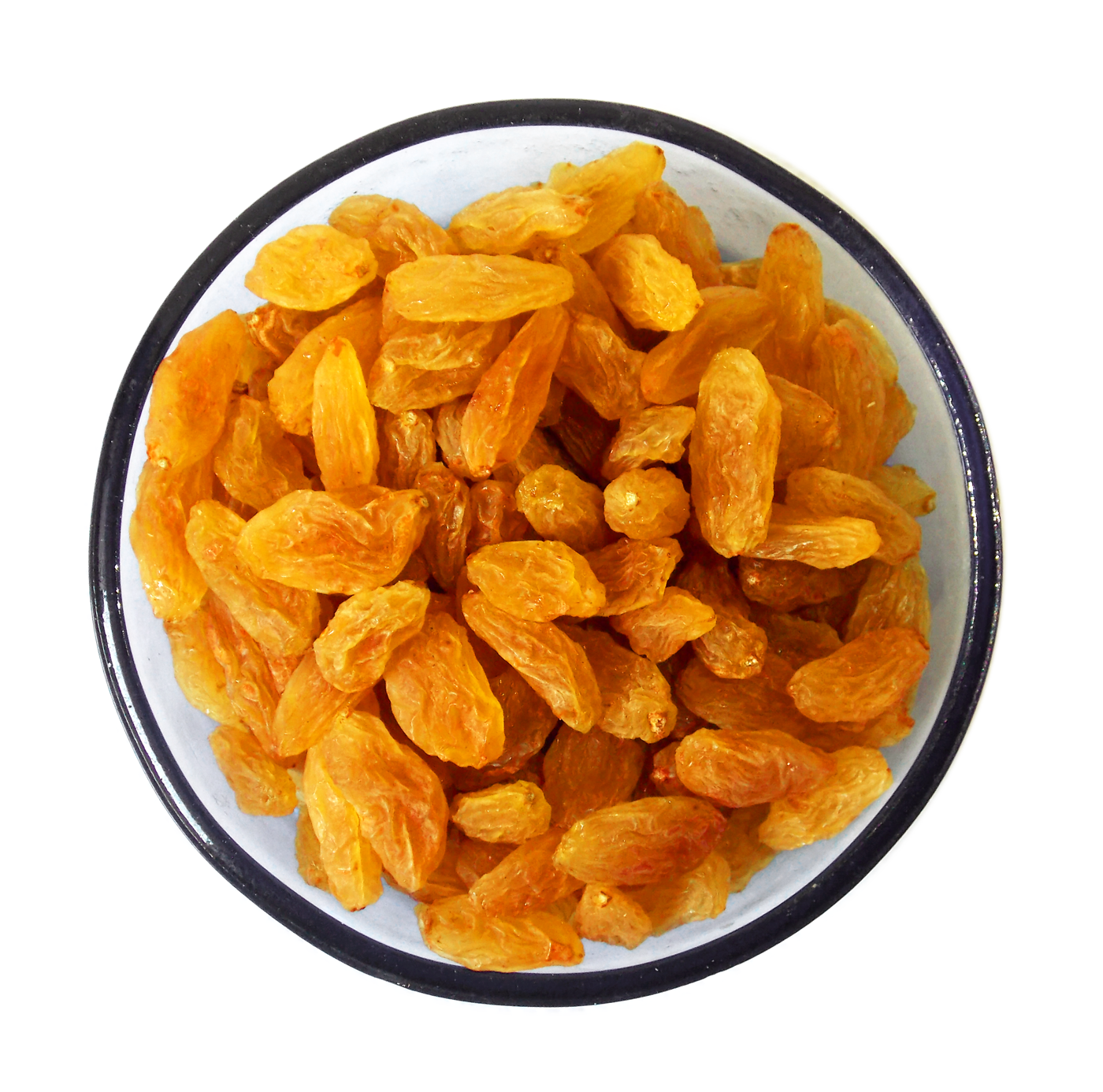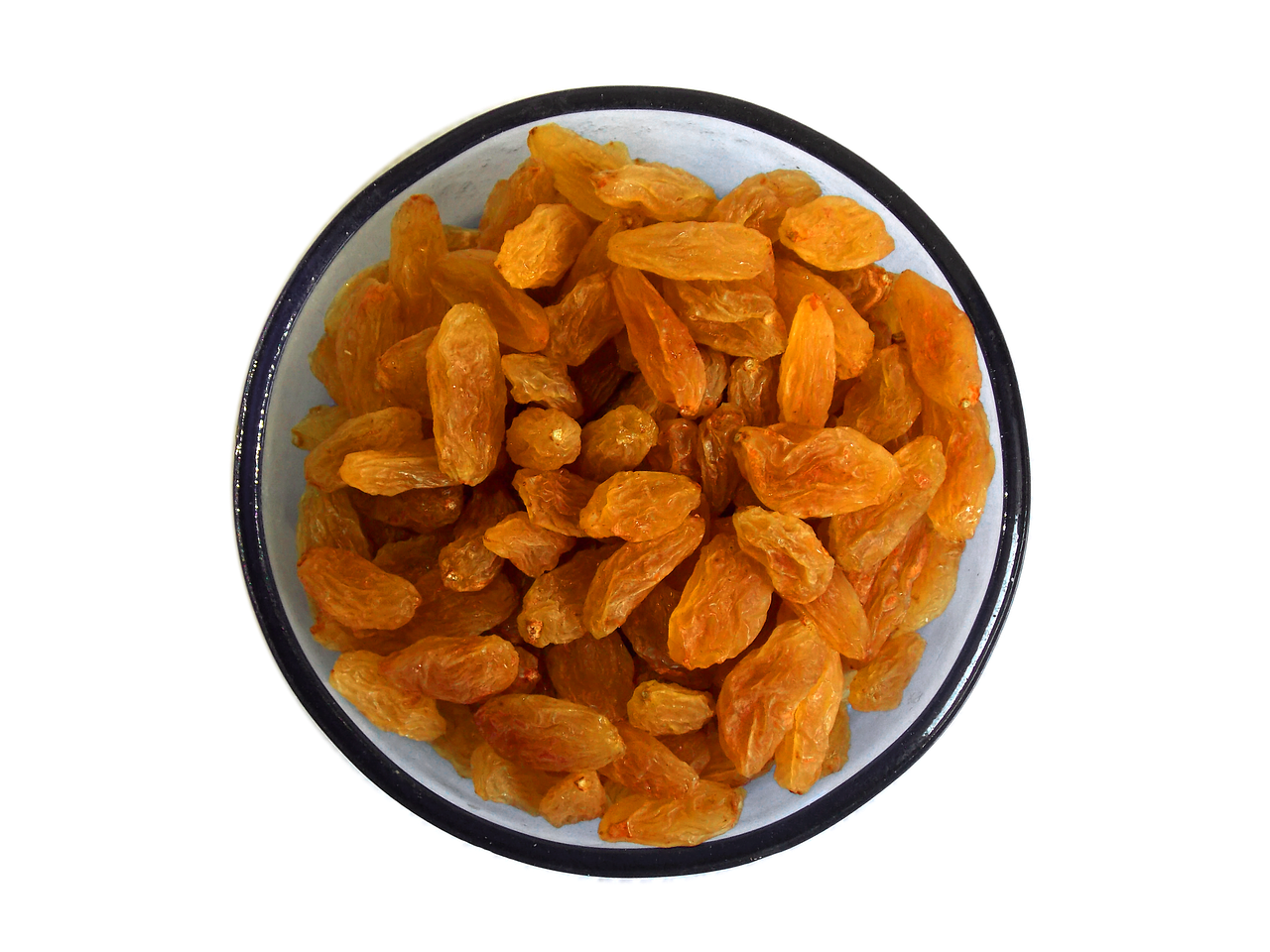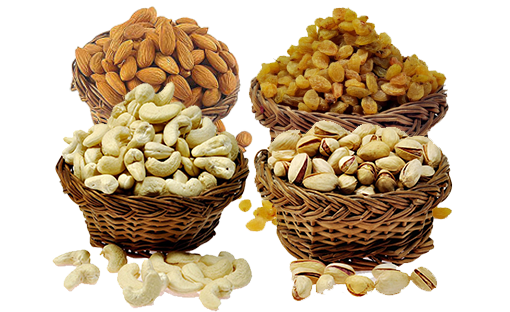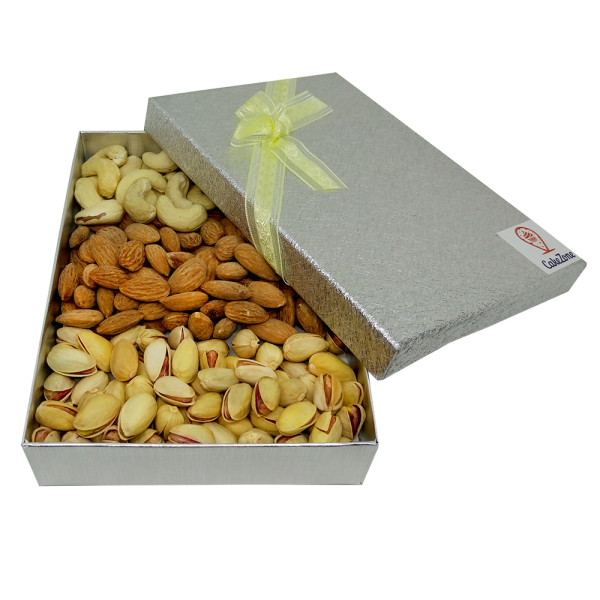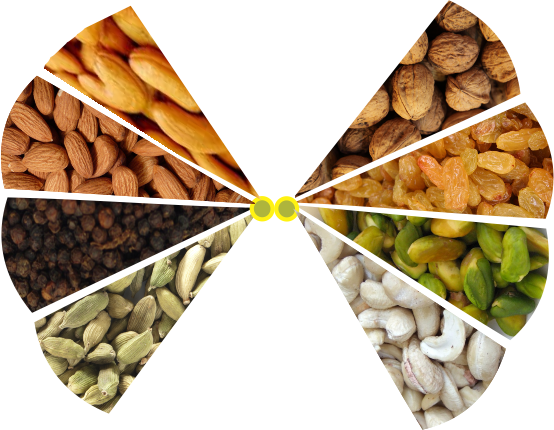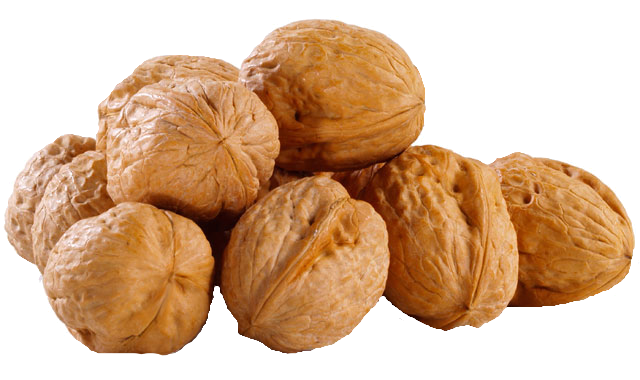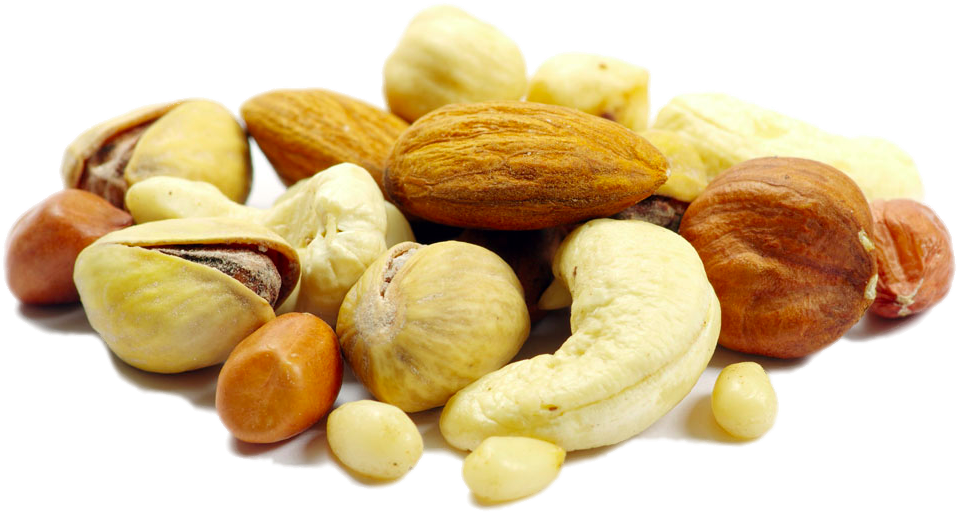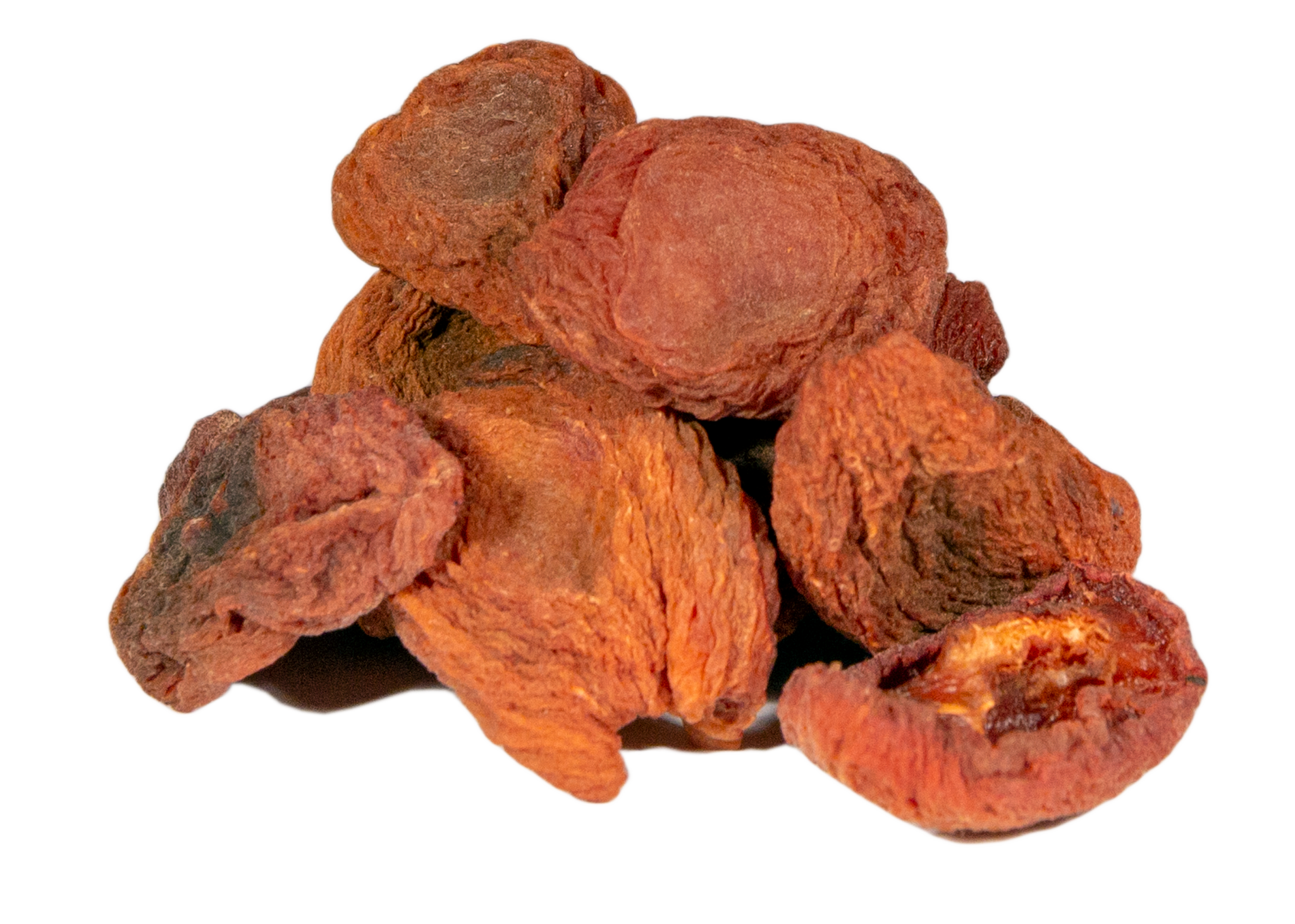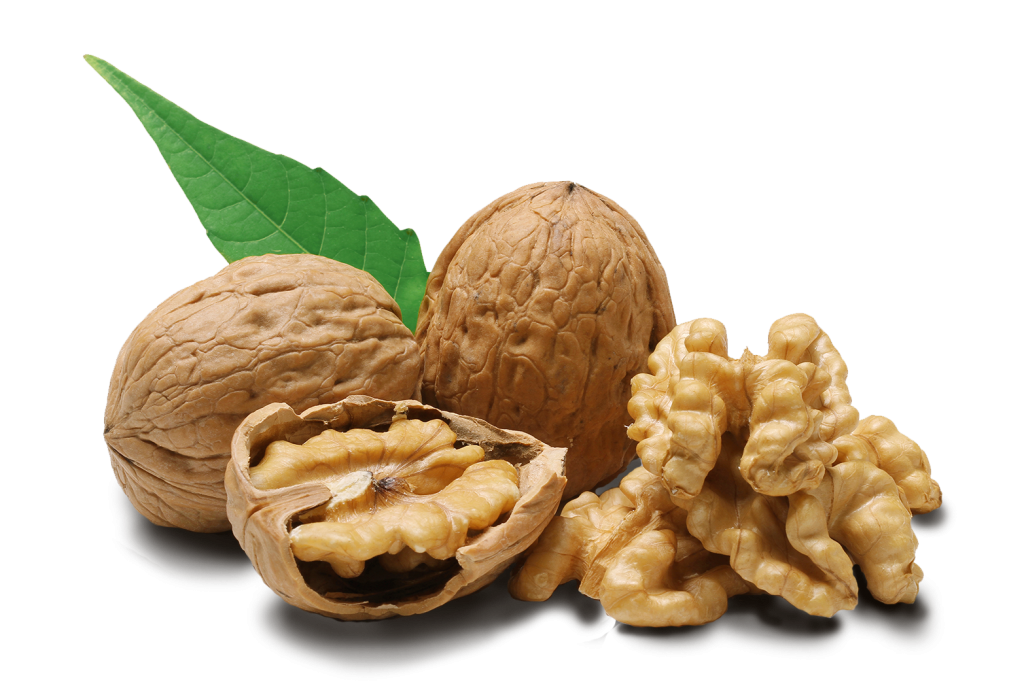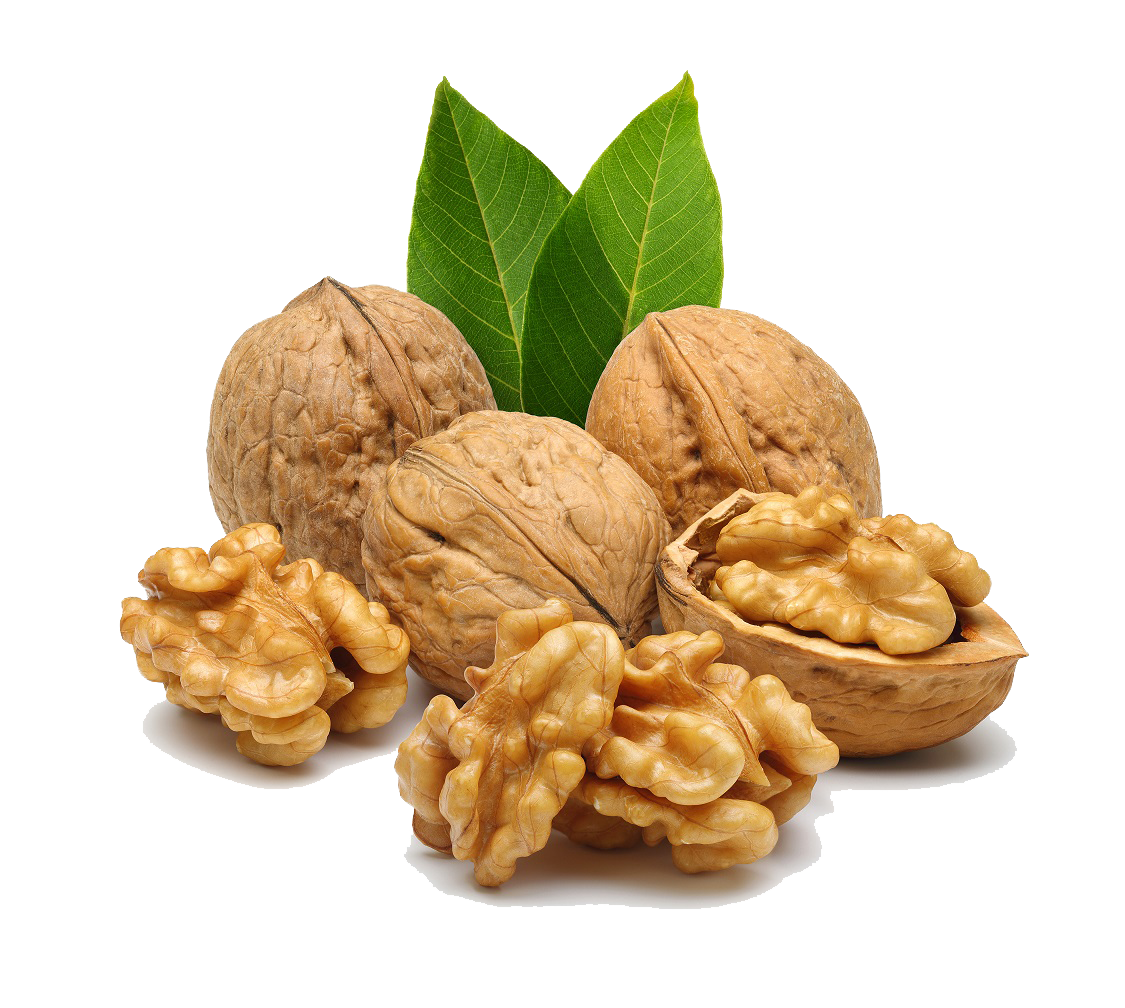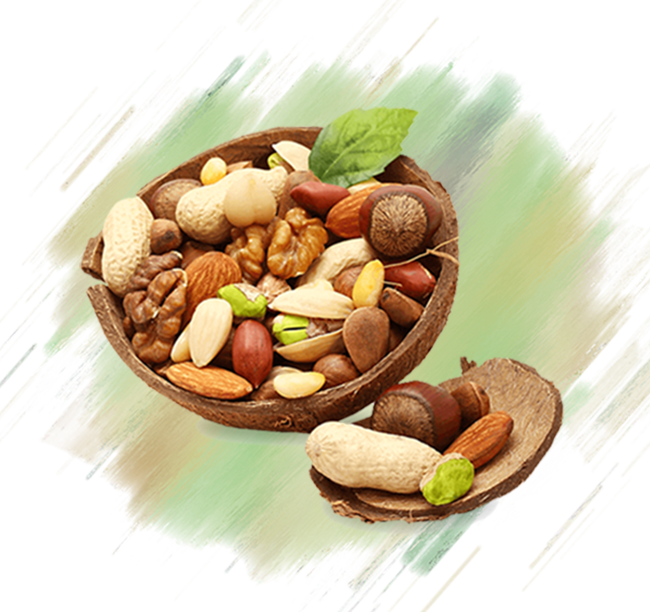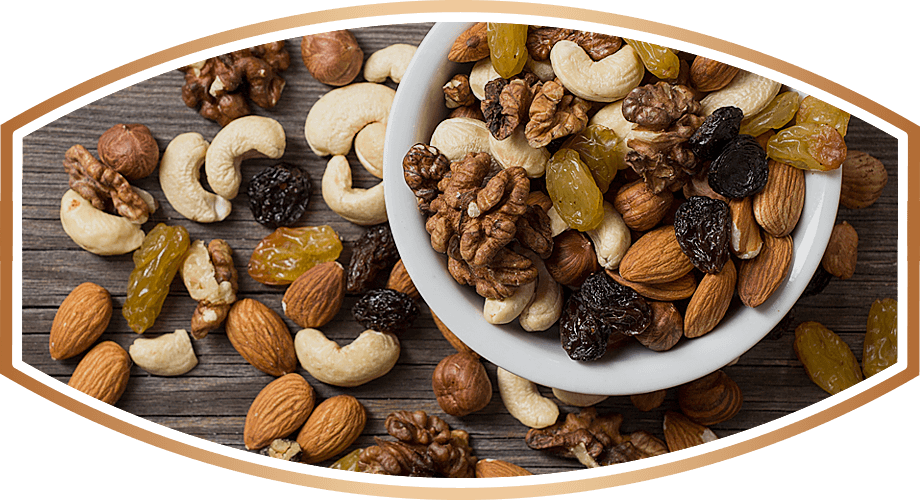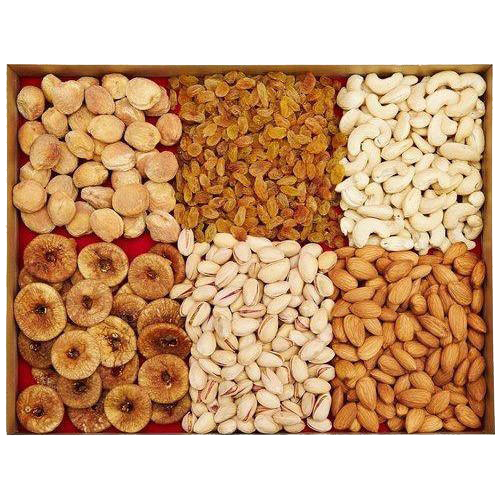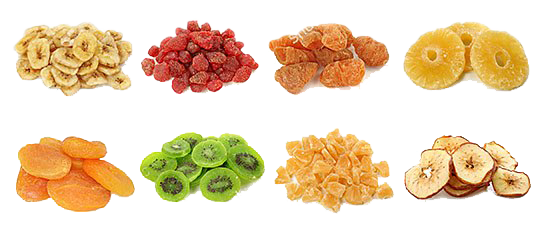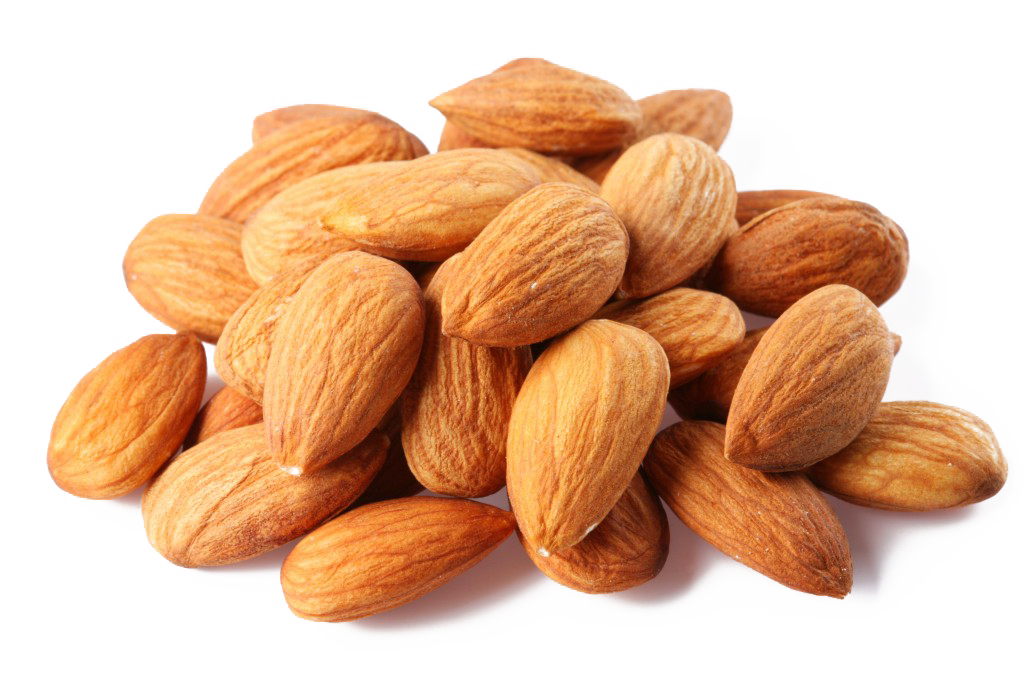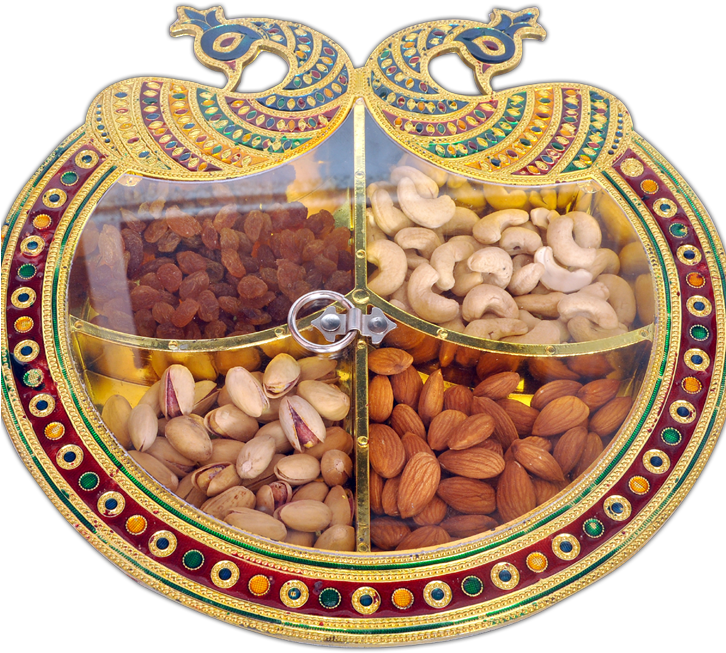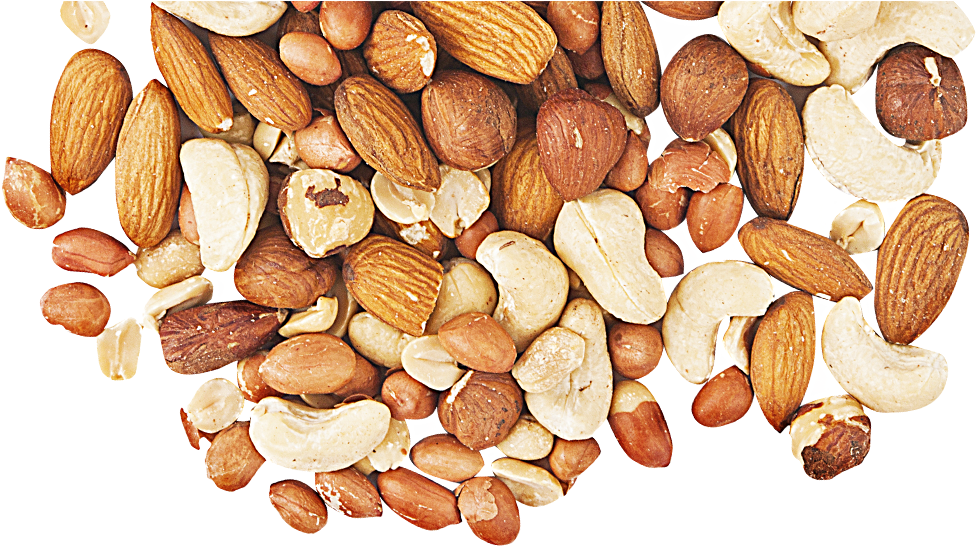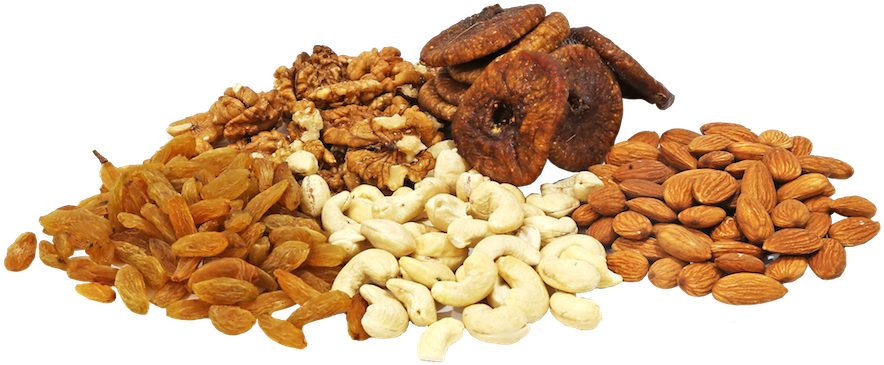Download top and best high-quality free Dry Fruit PNG Transparent Images backgrounds available in various sizes. To view the full PNG size resolution click on any of the below image thumbnail.
License Info: Creative Commons 4.0 BY-NC
Dried fruit is fruit that has had the bulk of its original water content removed, either naturally, by sun drying, or artificially, by using specialized dryers or dehydrators. Dried fruit has a long history of use in Mesopotamia, reaching back to the fourth millennium BC, and is praised for its sweet flavor, nutritional content, and extended shelf life.
Consumption of dried fruits has become more widespread in recent years. Raisins are the most popular dried fruit, followed by dates, prunes, figs, apricots, peaches, apples, and pears. Fruits that have been dried in the sun or in heated wind tunnel dryers are referred to as “conventional” or “traditional” dried fruits. Prior to drying, many fruits like cranberries, blueberries, cherries, strawberries, and mango are infused with a sweetness (such as sucrose syrup). Some dried fruit, such as papaya, kiwifruit, and pineapple, are really candied fruit.
The nutritional content of dried fruits is similar to that of fresh fruits. The nutritious content of different dried fruits is determined by their fresh counterpart and the manner of processing.
For millennia, traditional dried fruits including raisins, figs, dates, apricots, and apples have been a mainstay of Mediterranean cuisine. This is owing in part to its early cultivation in the Fertile Crescent, which includes areas of modern-day Iran, Iraq, Turkey’s southwest, Syria, Lebanon, Palestine, Israel, and northern Egypt. The first means of food preservation was drying or dehydration: grapes, dates, and figs that fell from the tree or vine were dried in the hot sun. These fallen fruits took on an edible shape, and early hunter-gatherers appreciated them for their stability as well as concentrated sweetness.
Dried fruits are mentioned for the first time on Mesopotamian tablets dating from around 1500 BC, which include the world’s oldest known written recipes. These cuneiform-inscribed clay slabs, written in Akkadian, Babylonia’s daily language, describe meals centered on grains (barley, millet, wheat), vegetables, and fruits such as dates, figs, apples, pomegranates, and grapes. Dates, date juice drained into syrup, and raisins were employed as sweeteners by these early civilizations. They used dried fruits in their breads, which ranged from plain barley bread for the labourers to very ornate spiced cakes with honey for the palaces and temples.
One of the first cultivated trees was the date palm. It was cultivated around 5,000 years ago in Mesopotamia. Dates were the cheapest of basic meals because they grew abundantly in the Fertile Crescent and were so plentiful (an average date palm yields 50 kg (100 lbs) of fruit per year for 60 years or more). They were carefully documented in Assyrian and Babylonian monuments and temples because they were so precious. Mesopotamian peasants dried them and ate them as sweets. They added flavor to meat dishes and grain pies, whether fresh, soft-dried, or hard-dried. They were prized by travelers for their vigor and were suggested as anti-fatigue stimulants.
Figs were highly appreciated in early Mesopotamia, Palestine, and Egypt, where they were presumably used more frequently than or on par with dates. Many examples have been discovered in Egyptian tombs as funeral gifts, in addition to appearing in wall paintings. Figs grew abundantly throughout Greece and Crete, and they were a mainstay of both the affluent and the poor, particularly in dried form.
In the 4th century BC, grape growing began in Armenia and the eastern Mediterranean region. Grapes were dried in the harsh desert heat to make raisins. Viticulture and the production of raisins grew fast over northern Africa, including Morocco and Tunisia. Because of the ideal arid climate for sun drying, the Phoenicians and Egyptians pioneered the manufacture of raisins. They stored them in jars and distributed them by the hundreds to other temples. They also used them in breads and pastries, some of which were prepared with honey and others with milk and eggs.
These fruits traveled from the Middle East to Greece and then to Italy, where they became a staple of the cuisine. Raisins were consumed in large amounts by ancient Romans at all levels of society, and they were a staple of their everyday meals, along with olives and fresh fruits. Breakfast consisted mostly of raisined breads, which were eaten with cereals, legumes, and cultured milks. Raisins were so highly prized that they were used as both a reward for excellent athletes and a premium barter currency.
Download Dry Fruit PNG images transparent gallery.
- Dry Fruit Healthy Snack PNG Photos
Resolution: 851 × 351
Size: 580 KB
Image Format: .png
Download
- Dry Fruit Healthy Snack Transparent
Resolution: 700 × 392
Size: 437 KB
Image Format: .png
Download
- Dry Fruit Transparent
Resolution: 1200 × 512
Size: 1177 KB
Image Format: .png
Download
- Dry Fruit Healthy Snack PNG Clipart
Resolution: 1400 × 633
Size: 363 KB
Image Format: .png
Download
- Dry Fruit Food PNG Photos
Resolution: 500 × 335
Size: 226 KB
Image Format: .png
Download
- Dry Fruit Food Transparent
Resolution: 1500 × 1500
Size: 2170 KB
Image Format: .png
Download
- Dry Fruit Healthy Snack PNG Picture
Resolution: 473 × 244
Size: 246 KB
Image Format: .png
Download
- Dry Fruit Healthy Snack PNG HD Image
Resolution: 452 × 281
Size: 307 KB
Image Format: .png
Download
- Dry Fruit PNG Clipart
Resolution: 1024 × 1024
Size: 322 KB
Image Format: .png
Download
- Dry Fruit Healthy Snack PNG Image HD
Resolution: 501 × 215
Size: 222 KB
Image Format: .png
Download
- Dry Fruit Healthy Snack PNG
Resolution: 500 × 335
Size: 155 KB
Image Format: .png
Download
- Dry Fruit Food PNG Clipart
Resolution: 600 × 599
Size: 135 KB
Image Format: .png
Download
- Dry Fruit Food PNG Picture
Resolution: 885 × 807
Size: 614 KB
Image Format: .png
Download
- Dry Fruit Healthy Snack PNG Pic
Resolution: 700 × 700
Size: 162 KB
Image Format: .png
Download
- Dry Fruit Healthy Snack PNG File
Resolution: 889 × 1200
Size: 595 KB
Image Format: .png
Download
- Dry Fruit Food PNG
Resolution: 851 × 754
Size: 480 KB
Image Format: .png
Download
- Dry Fruit Healthy Snack PNG Image
Resolution: 1850 × 742
Size: 279 KB
Image Format: .png
Download
- Dry Fruit PNG Picture
Resolution: 650 × 650
Size: 609 KB
Image Format: .png
Download
- Dry Fruit Food PNG Pic
Resolution: 498 × 325
Size: 49 KB
Image Format: .png
Download
- Dry Fruit PNG HD Image
Resolution: 500 × 500
Size: 360 KB
Image Format: .png
Download
- Dry Fruit Food PNG File
Resolution: 1200 × 680
Size: 618 KB
Image Format: .png
Download
- Dry Fruit PNG
Resolution: 1400 × 1386
Size: 2030 KB
Image Format: .png
Download
- Dry Fruit PNG Pic
Resolution: 1280 × 960
Size: 1043 KB
Image Format: .png
Download
- Dry Fruit PNG File
Resolution: 510 × 312
Size: 278 KB
Image Format: .png
Download
- Dry Fruit PNG Image
Resolution: 600 × 600
Size: 335 KB
Image Format: .png
Download
- Dry Fruit Healthy Snack PNG Photo
Resolution: 554 × 430
Size: 350 KB
Image Format: .png
Download
- Dry Fruit
Resolution: 640 × 380
Size: 305 KB
Image Format: .png
Download
- Dry Fruit Food
Resolution: 957 × 512
Size: 824 KB
Image Format: .png
Download
- Dry Fruit PNG Photo
Resolution: 2048 × 1462
Size: 4328 KB
Image Format: .png
Download
- Dry Fruit PNG Cutout
Resolution: 1024 × 682
Size: 656 KB
Image Format: .png
Download
- Dry Fruit PNG Images
Resolution: 1125 × 1008
Size: 1079 KB
Image Format: .png
Download
- Dry Fruit PNG Photos
Resolution: 650 × 612
Size: 702 KB
Image Format: .png
Download
- Dry Fruit Food PNG Image
Resolution: 920 × 502
Size: 236 KB
Image Format: .png
Download
- Dry Fruit Food PNG Photo
Resolution: 500 × 500
Size: 494 KB
Image Format: .png
Download
- Dry Fruit Food PNG Cutout
Resolution: 540 × 225
Size: 154 KB
Image Format: .png
Download
- Dry Fruit Food PNG Images
Resolution: 1024 × 682
Size: 747 KB
Image Format: .png
Download
- Dry Fruit Healthy Snack
Resolution: 726 × 653
Size: 1195 KB
Image Format: .png
Download
- Dry Fruit Healthy Snack PNG Cutout
Resolution: 976 × 546
Size: 1242 KB
Image Format: .png
Download
- Dry Fruit Healthy Snack PNG Images
Resolution: 884 × 365
Size: 587 KB
Image Format: .png
Download
